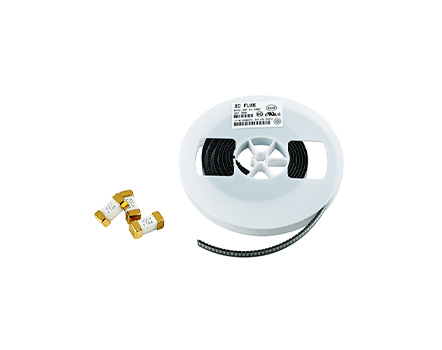
When current flows through a conductor, it will generate heat due to the presence of a certain resistance in the conductor. And the calorific value follows this formula: Q=I2RT; Where Q is the heat generated, 0.24 is a constant, I is the current flowing through the conductor, R is the resistance of the conductor, and T is the time for the current to flow through the conductor; Based on this formula, we can easily see the simple working principle of a fuse. When the material and shape of the fuse are determined, its resistance R is relatively determined (without considering its resistance temperature coefficient). When an electric current flows through it, it generates heat, and as time increases, its heat also increases. The magnitude of current and resistance determines the rate of heat generation, while the construction and installation of a fuse determine the rate of heat dissipation. If the rate of heat generation is less than the rate of heat dissipation, the fuse will not blow. If the speed of heat generation is equal to the speed of heat dissipation, it will not fuse for a considerable period of time. If the speed of heat generation is greater than the speed of heat dissipation, then more and more heat will be generated. And because it has a certain specific heat and mass, the increase in heat is reflected in the increase in temperature. When the temperature rises above the melting point of the fuse, the fuse will blow. This is the working principle of a fuse. We should know from this principle that when designing and manufacturing fuses, you must carefully study the physical properties of the materials you choose and ensure that they have consistent geometric dimensions. Because these factors play a vital role in whether the fuse can work properly. Similarly, when using it, it is important to install it correctly.
Read recommendations: